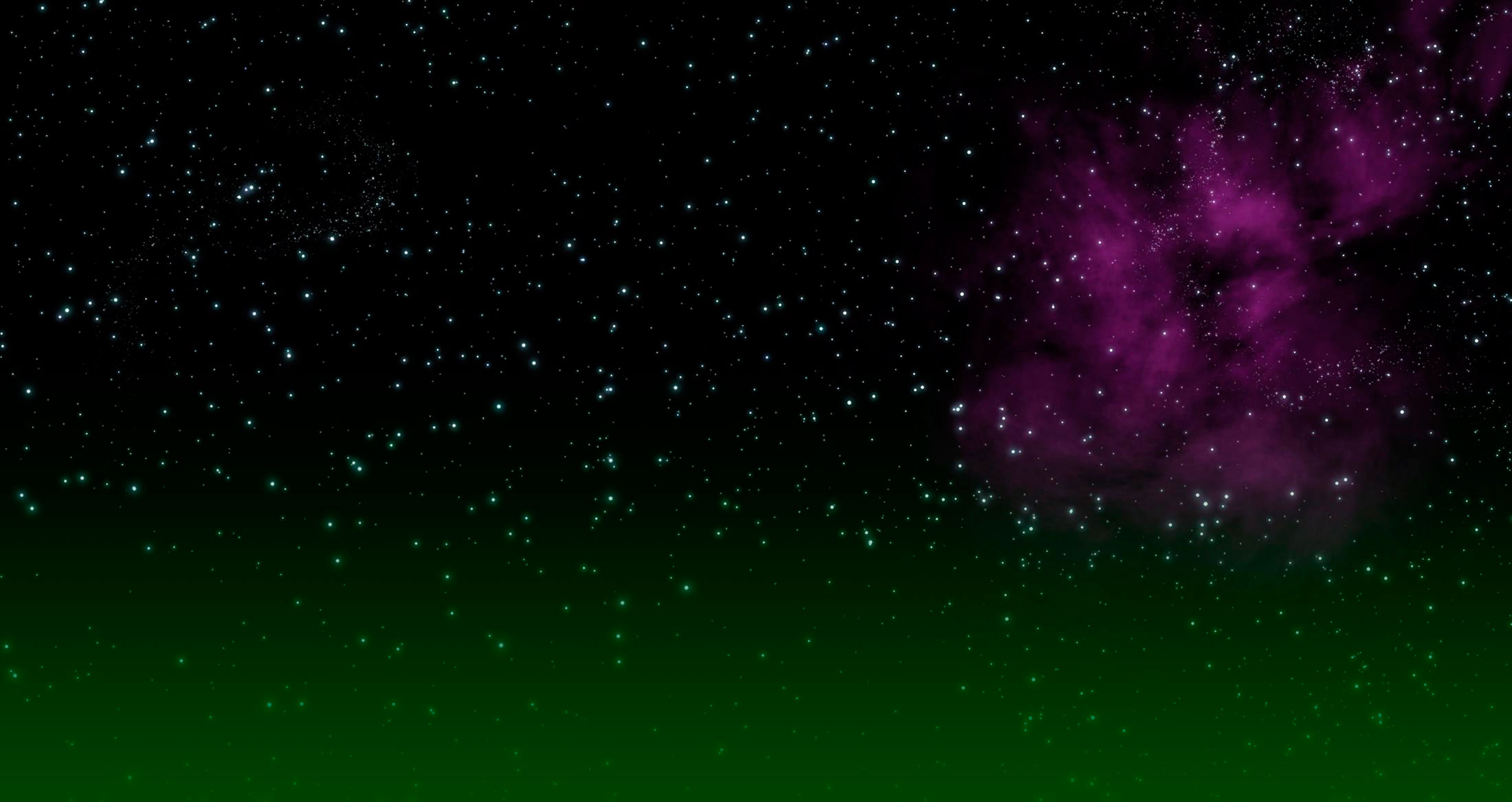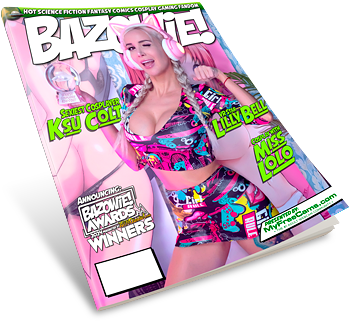 What is Gothic Lolita? Famous art book publisher Phaidon even did a volume on the style. If you know alternative fashion, you probably already know the answer to this question. If not, you might think something super wrong. Here is Wikipedia’s probably only semi-correct definition:
What is Gothic Lolita? Famous art book publisher Phaidon even did a volume on the style. If you know alternative fashion, you probably already know the answer to this question. If not, you might think something super wrong. Here is Wikipedia’s probably only semi-correct definition:
Gothic lolita, sometimes shortened to GothLoli (ゴスロリ gosu rori?), is a combination of the Gothic and Lolita fashion.[citation needed] The fashion originated in the late 1990s in Harajuku.
Gothic Lolita fashion is characterized by darker make-up and clothing. Red lipstick and smokey or neatly defined eyes, created using black eyeliner, are typical styles, although as with all Lolita sub-styles the look remains fairly natural. Though Gothic make-up is associated with a white powdered face, this is usually considered bad taste within the Lolita fashion. Some Lolita uses dark color schemes including black, dark blues and purples, although black and white remains popular. As with some Western Gothic styles, cross jewelry, religious symbols, bags and purses in shapes like bats, coffins, and crucifixes are also used to accessorize the Gothic Lolita look.
Elegant Gothic Lolita (EGL) and Elegant Gothic Aristocrat (EGA) are substyles of gothic lolita (and of aristocrat fashion) created by the visual kei rock musician Mana with his fashion label Moi-même-Moitié.
Japanese brands which exemplify the darker lolita style include Atelier-Pierrot, Atelier Boz, Black Peace Now, h. NAOTO Blood and Moi-même-Moitié.
Lolita fashion (ロリータ・ファッション Rorīta fashion) is a fashion subculture originating in Japan that is based on Victorian-era clothing as well as costumes from the Rococo period, but the style has expanded greatly beyond Japan. Companies such as Milk and Pretty (currently known as Angelic Pretty) sell various Lolita fashions. The Lolita look began primarily as one of modesty with a focus on quality in both material and manufacture of garments. The original silhouette is of a knee length skirt or dress with a “cupcake” shape assisted by petticoats, but has expanded into various types of garments including corsets and floor length skirts. Blouses, knee high socks or stockings and headdresses are also worn. Lolita fashion has evolved into several different sub styles and has a subculture that is present in many parts of the world.
Although many people point to Japan for the Lolita trend especially with the influence of Anime media, which made it more popular, as the creator of the “Lolita Fashion”, the origin of its meaning is complex, and remains unclear. It is likely the movement started in the late 1970s when famous labels including Pink House, Milk and Pretty (later known as Angelic Pretty) began selling clothes that would be considered “Lolita” by today’s standards. Shortly after that came Baby, The Stars Shine Bright, and Metamorphose temps de fille.
In the 1990s, Lolita fashion became better recognized, with bands like Princess Princess coming into popularity at the time. These bands wore intricate costumes, which fans began adopting as their own style. The style soon spread and ultimately reached Tokyo where it became popularized throughout Japanese youth culture. Today, Lolita fashion has gained global popularity and can be found even in department stores in Japan.(via Wikipedia)











